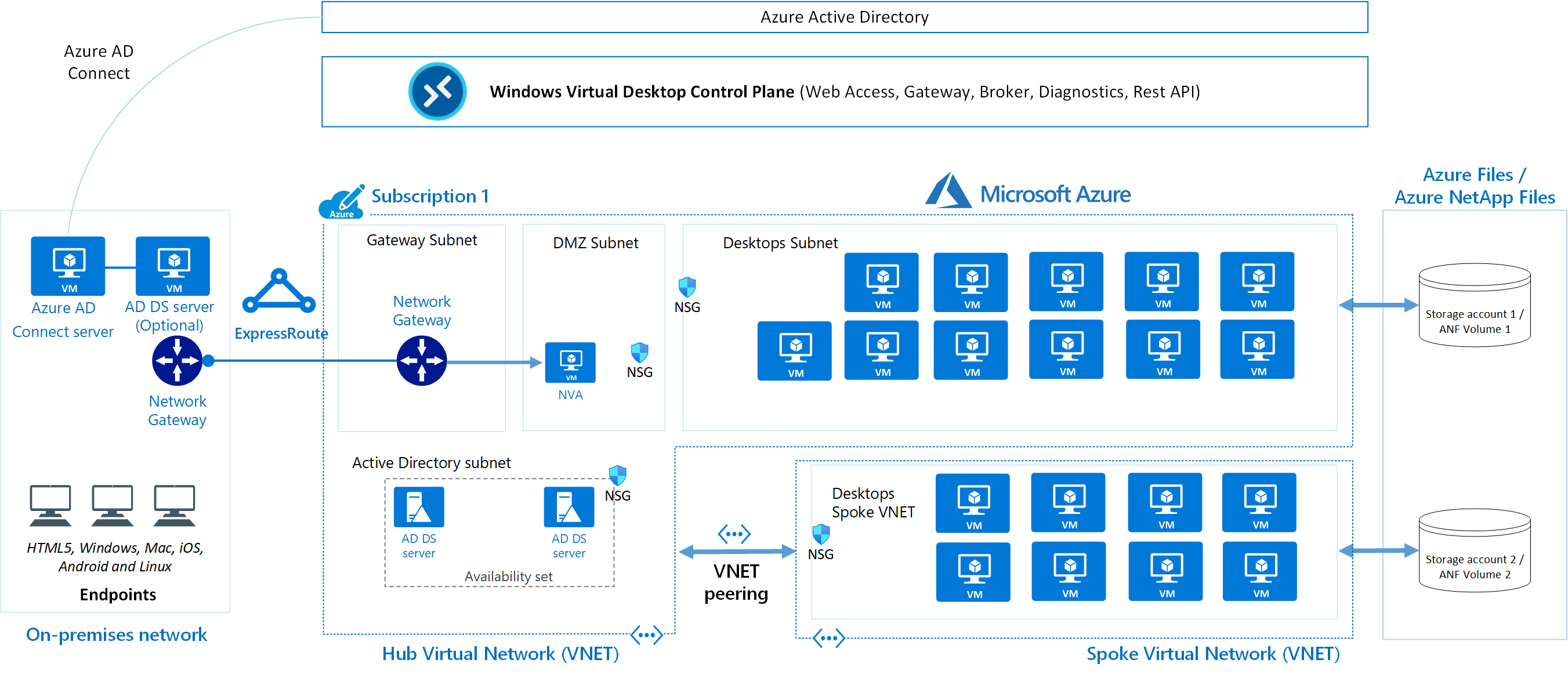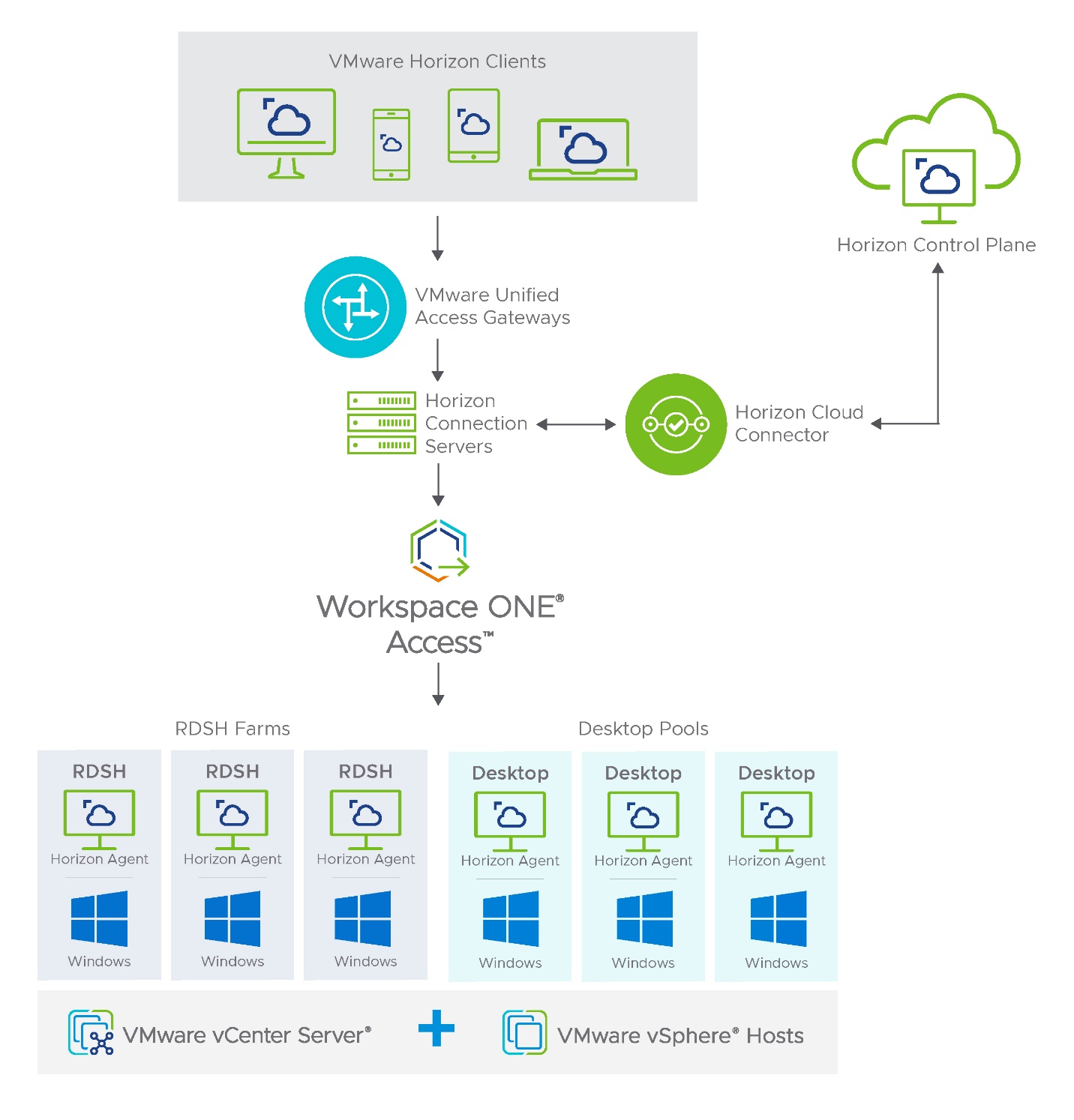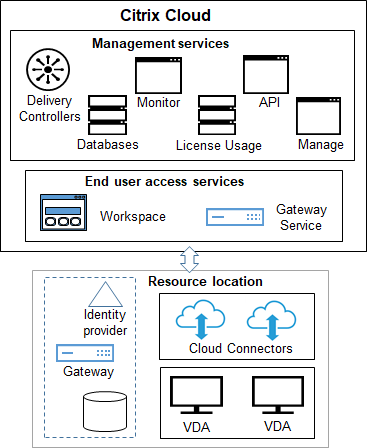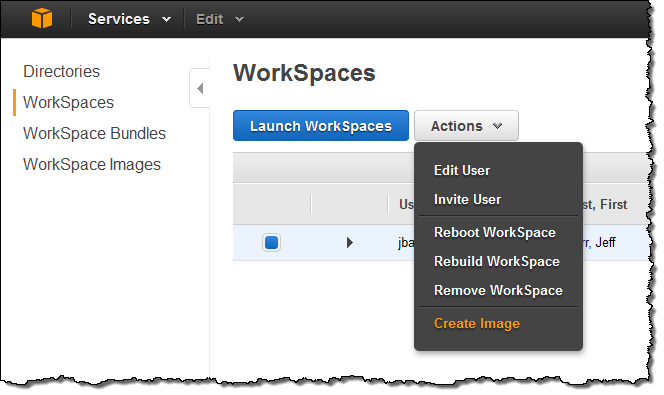Introduction
Virtual Desktop Infrastructure (VDI) has revolutionized the way businesses manage their desktop computing environments. By centralizing desktops in data centers and delivering them as virtual instances to end-users, VDI software enhances security, streamlines IT management, and enables remote work capabilities. However, not all VDI solutions are created equal when it comes to ensuring the security and efficiency of virtual desktop delivery. In this article, we will explore the top 7 VDI software solutions that excel in securely and efficiently delivering virtual desktops, helping organizations make informed choices for their specific needs.
- Microsoft Azure: Best for flexible VDI
- Google Compute Engine: Ideal for large-scale operations
- V2 Cloud: Perfect for small businesses
- VMWare Horizon: Optimal for centralized desktop virtualization
- Oracle VM VirtualBox: Preferred by developers
- Citrix DaaS: Ideal for flexible desktop virtualization
- Amazon WorkSpaces: Best for fully managed cloud desktops
1. Microsoft Azure Virtual Desktop (AVD)
Microsoft Azure Virtual Desktop (AVD) is a cloud service that lets you access your computer from anywhere, making remote work easy. It can be free for some users but may get costly if you use a lot of resources. AVD offers flexibility and control over your computer setup, but it can be complex to manage.
Pricing:
- AVD is free for some Microsoft 365 and Azure customers.
- But be careful, the cost can go up if you use a lot of resources. For example, using Linux on AVD can cost you a small amount of money every hour.
Features:
- AVD gives you your own personalized computer space and lets you run multiple programs at the same time, even from far away.
- You can control and set up AVD the way you want, and it can also work with other programs like Citrix and VMware.
- You only pay for what you use, which makes it a good choice for businesses.

Pros:
- You can use AVD from anywhere and on different devices.
- It’s easy to adjust the size of your AVD and only pay for what you need.
Cons:
- If you’re not careful, the cost can go up quickly.
- Setting up AVD can be a bit complicated and needs careful management.
Check: Motivation Quotes
Also read: Chatbot Titans Embrace Hacker Ingenuity: OpenAI, Google, and More
2. Google Compute Engine
Google Compute Engine is a Google service for using virtual machines (VMs) in the cloud. It’s good for big tasks, easy to use, and cost-effective with discounts available. However, it relies on Google’s technology and may not be ideal for highly customized needs.
Pricing:
The cost depends on the virtual machine you pick, how long you use it, and where it’s located. There are no upfront fees or extra charges when you stop using it. Google also offers discounts to save money.
Features:
You can use lots of virtual machines for big tasks. You can control them through a computer program interface, command line tool, or web interface. It works well with other Google services like AI and data analytics. It also has a tool to help you manage the operating systems on many virtual machines.

Pros:
Google Compute Engine is easy to use and manage. It’s fast and efficient. It’s also cost-effective, and you can get discounts.
Cons:
Some parts of it use Google’s own technology, which might not work with other systems. It might not be the best choice if you have very specific or special needs.
3. V2 Cloud
V2 Cloud benefits small businesses by enabling remote work and easy application management. It offers transparent pricing without unexpected fees and caters to skilled users such as forex brokers, business owners, and IT teams.
Pricing:
- starts at $40.00 each month, and you get 50 GB of storage, fast computer parts, and more.
Features:
- It helps teams work remotely by creating virtual desktops in the cloud.
- You can control and use applications from a single place.
- It makes your data more secure with things like two-factor authentication, protection from ransomware, and encrypted connections (HTTPS).

Pros:
- The pricing is simple, and you know what you’re paying for.
- It keeps your data safe with strong security rules.
- You won’t get extra charges unexpectedly.
Cons:
- It might not be the best choice for big organizations with complex needs.
Check: Diploma Student Board Exam
Also read: Meta Unveils Innovative Generative AI Audio Tool – Introducing Audio Craft
4. VMWare Horizon
VMWare Horizon is a tool that makes it easy for people to use their computer desktops and programs from anywhere in the world, using any kind of device. It’s great for businesses because it helps them save money on expensive computer equipment and keeps their information safe.
Pricing:
The basic version of Horizon starts at $4.67 per user each month. It includes Windows and Linux programs, works on one cloud system, and has regular management features.
Features:
- You can use your computer and programs remotely from anywhere.
- It helps businesses control all their virtual computers and programs from one place.
- It makes sure your data is safe with encryption and secure connections.
- It works well even if your internet connection is not super fast.

Pros:
- It makes managing computers and programs easier for IT people.
- You can work from home or anywhere else.
- It saves money on computer equipment and maintenance.
Cons :
- It can cost a lot at the beginning because you need powerful computers.
- Sometimes, it’s hard to find helpful support from VMware.
5. Oracle VM Virtual Box
Oracle VM VirtualBox lets developers work on multiple computer systems simultaneously on a single computer. It’s free and works on various computer types. It speeds up work, handles cloud setups, and facilitates remote demonstrations.
Price:
- You can get Oracle VM VirtualBox for free.
Features:
- It’s software that works on different types of computers and lets you run multiple operating systems at the same time.
- It can set up things in the cloud automatically.
- You can manage virtual machines by yourself or in groups.

Pros:
- It works on different types of computers.
- It makes testing and showing off work faster.
- It’s free to use.
Cons:
- It might need a powerful computer to run many systems at once.
- It might not work well with some computer hardware and software setups.
Check: Inspiration Quotes
Also read: Meta Unveils Innovative Generative AI Audio Tool – Introducing Audio Craft
6. Citrix DaaS
Citrix DaaS is a cloud-based system for managing virtual computers and apps. It allows access from any device, runs Windows and Linux apps, and can manage resources in various locations, including office and cloud services like Microsoft Azure, AWS, and Google Cloud.
Pricing:
- Citrix DaaS Standard: $10 per user per month
- Citrix DaaS Advanced Plus: $13 per user per month
- Citrix DaaS Premium: $20 per user per month
- Citrix DaaS Premium Plus: $23 per user per month
Features:
- It gives IT teams control over virtual computers, applications, and security.
- You can access apps and desktops in different ways.
- It offers strong security, a good user experience, works with different cloud services, provides useful data, and makes management simple.

Pros:
- You can securely use it on any device.
- It helps you manage virtual apps and desktops easily.
- Installing, setting up, and updating it is straightforward.
Cons:
- It might not be the best choice if your organization needs complete control over apps, rules, and users.
7. Amazon WorkSpaces
Amazon WorkSpaces is a service that lets you use virtual desktops in the cloud. These desktops can run Windows, Amazon Linux, or Ubuntu Linux. It’s a convenient way to set up and use computer desktops without needing to buy physical hardware or deal with complicated software installations.
Pricing:
- Amazon WorkSpaces charges based on your usage, with costs varying by package, hardware, software, and location. For example, the Ubuntu Linux Bundle costs $23/month.
Features:
- Amazon WorkSpaces offers secure cloud desktops accessible from various devices and browsers, with AWS cloud storage access.

Pros:
- You don’t need to buy hardware or deal with complicated software installations.
- Amazon manages the service, so you don’t have to worry about running it.
- The pricing is flexible and based on your actual usage.
Cons:
- It uses specific authentication methods like Simple AD, AD Connector, or AWS Managed Microsoft AD, which might not be suitable for all organizations.
Check: Diploma Student Question Bank
Also read: Google Bard: Exciting New Features and Improvements
Choosing the right VDI (Virtual Desktop Infrastructure) software for your business is important, and you can do it step by step by considering these factors:
1. Understand Your Needs: Think about how many people will use the VDI, what kind of software they need, if they need to access it remotely, and how much you expect your business to grow. This helps you find a VDI solution that fits your goals.
2.Performance and Scalability: Make sure the VDI software can handle the number of users you expect without slowing down. It should also be able to grow with your business.
3. Security: Check if the VDI software has strong security features like encryption, multi-factor authentication, and compliance with industry rules. It needs to keep your data and user access safe.
4. Compatibility: Ensure the VDI software works well with your current technology and software. It should support your applications without causing problems.
5. Management: Look at how easy it is to manage the VDI software. You should be able to install it, update it, and control resources easily. The management tools should fit with how your IT team works.
6. User Experience: Test the VDI software to see if it’s easy for users to use. It should be user-friendly and work like a regular computer to make it easy for your employees.
7. Cost: Think about the total cost of using the VDI software, including licenses, hardware, maintenance, and support. Consider how it can save you money in the long run.
8. Support and Updates: Check if the company providing the VDI software offers good support and regular updates. You want to make sure it keeps working well.
9. Flexibility: Look for VDI software that can be customized to fit your specific needs. Every organization is different, so the software should be flexible.
Conclusion
Choosing the right VDI software is critical for businesses looking to enhance security and efficiency in desktop delivery. The top 7 solutions discussed in this article offer diverse features, ensuring organizations can effectively leverage VDI while prioritizing security and efficiency. Stay informed and adapt to evolving technology to find the best VDI fit for your specific needs.
Check: Attitude Images
Also read: Differences Between the New Google AI Search and Bard Chatbot






